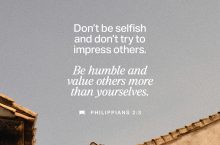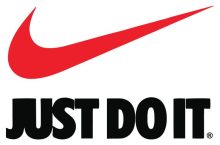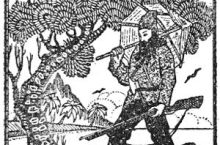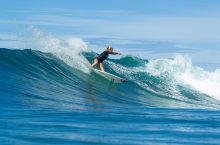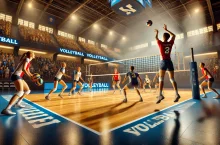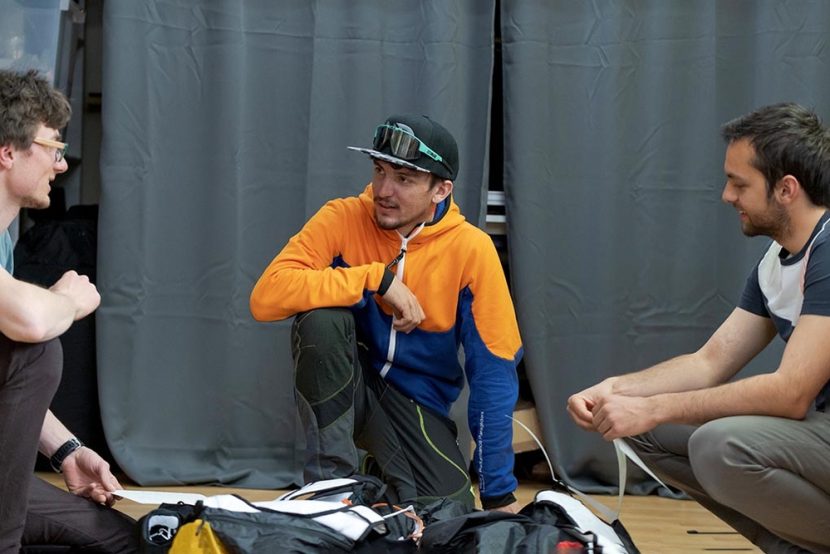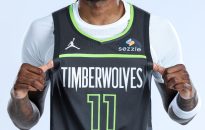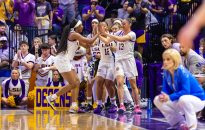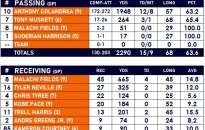“We’ve seen dividends,” said Micheli. “These people can evolve seven ways to Sunday and can create truly captivating content.”Furthermore, for brands thinking in terms of reach, they’re often able to piggyback on existing team fanbases to build their own audience. “They come with highly engaged, hyper-local Gen Z and Gen A fanbases that brands can […]
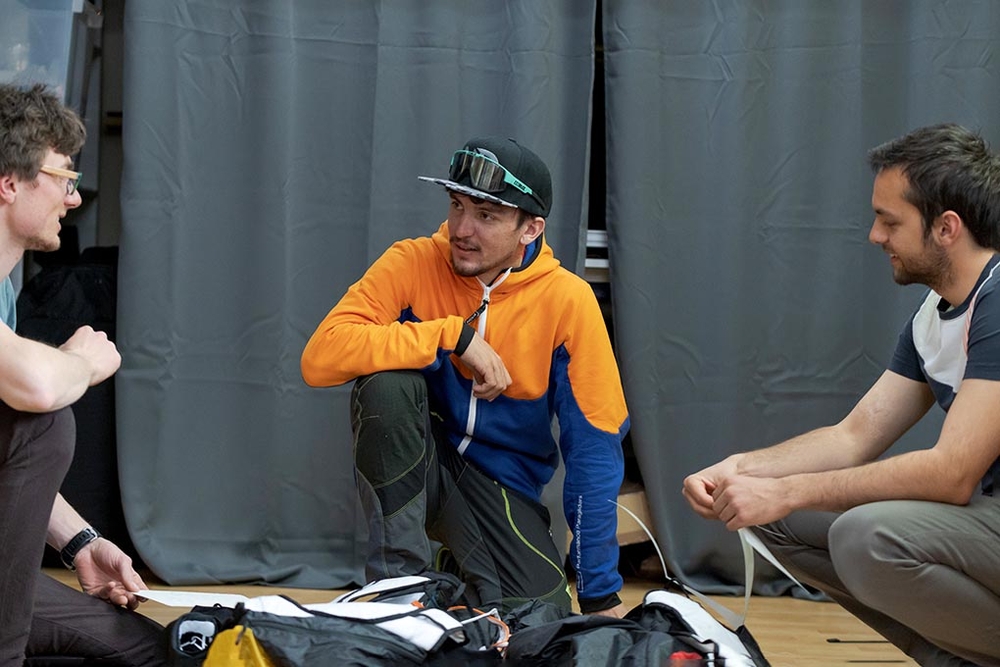

“We’ve seen dividends,” said Micheli. “These people can evolve seven ways to Sunday and can create truly captivating content.”Furthermore, for brands thinking in terms of reach, they’re often able to piggyback on existing team fanbases to build their own audience. “They come with highly engaged, hyper-local Gen Z and Gen A fanbases that brands can tap into in a really organic way,” Dhami said.
College athletes have “moved away from being just ambassadors and sponsors,” noted Brian Pham, vp of strategy and creative at agency Influencer.
Partly, that’s because NIL creators provide a means for brands struggling to cut through a saturated media environment, often via content that fans don’t necessarily read as influencer activity — or even advertising, for that matter.
“These athletes aren’t just players; they’re culture shapers, content creators, and storytellers whose influence is constantly evolving,” said Jas Dhami, We Are Social’s U.S. vp of sport, in an email.
Marketers are figuring out exactly why NIL creators cut through, where they fit in and how to choose future partners. Despite the positives, there are some limitations to bear in mind.
“They’re able to tell the story of the sport in their own way, as someone that was already a character within that story,” said Pham.
Take bottled water brand Niagara as a case in point.
They’re also weighing up an athletes’ creator chops against their sporting success or on-paper fanbase. At agency Viral Nation, co-founder and co-CEO Mat Micheli said his team is careful to work with college athletes that show as much promise as filmmakers as on the field of play.
Niagara is far from the only brand pushing on its NIL partnership at this year’s March Madness. Bug spray brand Raid has been working with Baylor University players Jeremy Roach and Darianna Littlepage-Buggs (on the strength of their surnames), for example.
For one, teams and universities might have their own commercial partners that can conflict with a brand wanting to work with a single individual.
The tradeoff is unlikely to change with time, but influencer experts and marketers are learning how to judge when an NIL creator is an appropriate partner, and when they’re not. Gartner analyst Nicole Greene put it concisely: “You’re not going to get the volume, but you might get more impact.”
Though his current following is small (just over 2,200 followers on Instagram), and he’s unlikely to catch as much media or fan attention as emerging stars like JuJu Watkins, Barkenaes is set to perform as Niagara’s man on the NCAA circuit nonetheless. “He’s the right guy for the job,” Moizel added.
At this year’s March Madness tournament, you would be hard pressed to find a participating brand without a clutch of NIL (name, image, likeness) partners attached to its campaign. And four years on from the sector’s Big Bang moment, brands are booking creators for more than just their on-court presence.
The injection of college sports creators into the U.S. influencer economy has permanently altered the way creator marketing and sports partnerships work.
The brand plans to promote his content with paid spend deployed across Meta’s platforms, TikTok and X, Moizel said, but declined to share financial details of the partnership or the brand’s media budget. Barkenaes and his new brand partners even filmed a “signing ceremony” at its Los Angeles campus, attended by a cheering crowd and Niagara’s fuzzy mascot “Drippy”.
“They [Niagara] love the idea of the unsung heroes. It’s nice to give everybody who’s involved a chance at some greatness. This is their great opportunity to do that,” said Valerie Moizel, president and chief creative officer at Niagara’s social agency Hello, a boutique unit that’s part of We Are Social.
As such, while the sticker price of a partnership might be the same as that of a typical creator, a brand might get less content from a sports creator. “There’s probably a strong chance that you’ll get more [deliverables] out of a creator of the regular type because this is their job,” Pham noted.
Meanwhile brands like Nissan, State Farm, Experian, Intuit TurboTax and Ore-Ida are each working with NIL creators across the U.S., while players like JuJu Watkins and Flau’jae Johnson are appearing in multiple campaigns during March Madness.
While college basketball is “leading the charge,” according to Dhami, beyond March Madness NIL creators (and athlete creators more generally) have become firmly embedded in the sports marketing playbook.
“It’s hard work being an athlete,” noted Scott Birnbaum, co-founder of NIL talent platform Booster.
Despite the fact that partnership deals are increasingly structured with influencer marketing, rather than traditional sports marketing logic in mind, NIL creators are athletes and students first, and creators second.
This year the company embarked on its debut NIL deal with UCLA business economics student and scout team player Finn Barkenaes. The brand is touting it as the first time a national advertiser has partnered with a waterboy.
